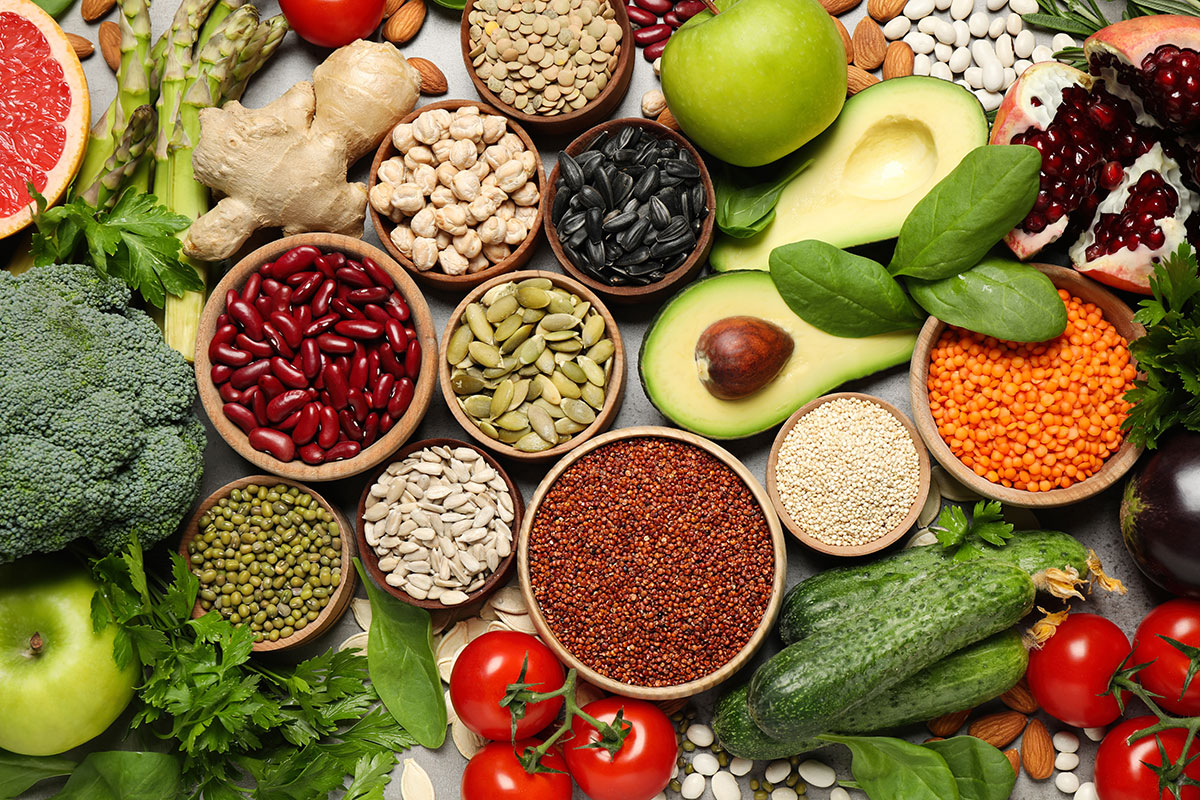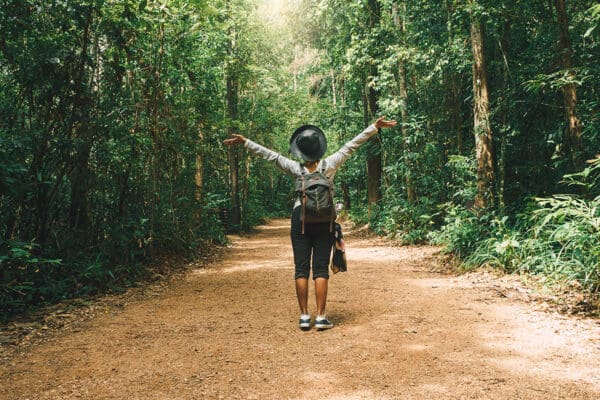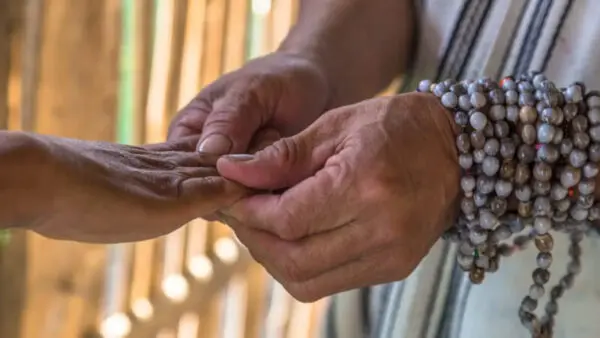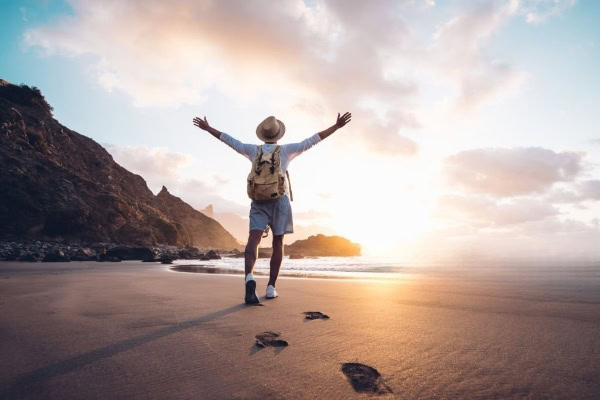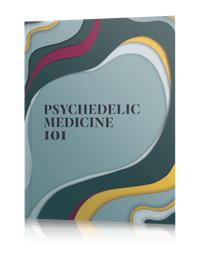What is the Ayahuasca Diet?
Preparing for an ayahuasca journey requires careful considerations, both mentally and physically. Central to this preparation is the ‘ayahuasca diet’ or ‘dieta’ – a set of guidelines designed to maximize the benefits of your ayahuasca experience. In this comprehensive guide, we will cover what the ayahuasca diet entails, its significance, and how to effectively implement it for an optimal ayahuasca ceremony.
Understanding the Ayahuasca Prep Diet
Preparing for an ayahuasca ceremony involves more than just mental readiness; it requires adhering to a specific diet.
Foods to Avoid Before Drinking Ayahuasca
The pre-ayahuasca diet primarily involves avoiding certain foods and substances that could interact negatively with the ayahuasca brew. This includes abstaining from red meat, pork, spicy foods, caffeine, alcohol, dairy, garlic, onions, excessive oil, overripe fruits, and excess sugar and salt, ideally for a period ranging from three days to three weeks before the ceremony. Foods rich in tyramine, such as aged cheeses, fermented items like sauerkraut, kombucha, soy sauce, chocolate, peanuts, and certain nutritional supplements, are also to be avoided due to potential interactions present in ayahuasca.
The reason it is important to avoid drinks and foods rich in tyramine is that the ayahuasca vine contains a monoamine oxidase inhibitor (MAOI). MAOIs prevent the breakdown of tyramine, which is an amino acid. This combination of foods and brew could create a challenge for the body to process, potentially increasing the chances of a nasty headache, increased blood pressure, or increased nausea.
Foods to Eat Before Drinking Ayahuasca
A diet before drinking ayahuasca primarily includes fresh fruits, vegetables, whole grains (like rice, quinoa, or oats), and legumes (beans, lentils, or peas). It’s recommended to be moderate with the use of oil, salt, and sugar while cooking. On your ceremony day, opt for light, simple, plant-based meals and hydrate with water or herbal tea to ensure your body is well-prepared for the ayahuasca experience. It is recommended that your last meal is 6 hours prior to drinking ayahuasca.
Substances to Stay Away From Before Drinking Ayahuasca
Critical to the ayahuasca prep diet is the discontinuation of certain medications and recreational drugs, particularly those that might cause severe interactions with MAOIs. These include various antidepressants, stimulants, weight loss supplements, and others listed below.
Antidepressants
- Selective Serotonin
- Reuptake Inhibitors
- Fluoxetine (Prozac)
- Paroxetine (Paxil)
- Sertraline (Zoloft)
- Escitalopram (Lexapro)
- Citalopram (Celexa)
- Vibryyd (Vilazodone)
- Trintellix (Vortioxetine)
- Fluvoxamine (Luvox)
Serotonin Norepinephrine
- Reuptake Inhibitors
- Venlafaxine (Effexor)
- Duloxetine (Cymbalta)
- Desvenlafaxine (Pristiq)
- Levomilnacipran (Fetzima)
Tricyclic Antidepressants
- Clomipramine (Anafranil)
- Imipramine (Tofranil)
Stimulants
- Amphetamine
- Methamphetamine
- Cocaine
- Tobacco (oral or rectal routes)
- Caffeine (high doses)
Cough and Cold
- Dextromethorphan (Robitussin)
- Pseudophedrine (Sudafed)
- Chlorpheniramine
Weight Loss
- Phentermine (Adipex)
- Ephedra (Ma Huang)
- Metabolism” boosting or weight loss supplements
Analgesics
- Methadone
- Tramadol
- Meperidine
- Tapentadol
- Propoxyphene
Phenethylamines
- MDMA
- 2Cx
- DOx
- NBOMe
- x-MMC
- Methylone
- MPDV
Tryptamines
- 5-MeO-DMT
Antipsychotics
- Ziprasidone
Migraine
- Ergotamine
- Triptans
Mood Stabilizer
- Lithium
Miscellaneous
- Trazodone ≥ 150 mg
- St. John’s Wart
- 5-HTP
- L-tryptophan
Keep in mind this list of substances to avoid before trying ayahuasca may not be all-inclusive.ost substances listed are contraindicated due to risk of severe serotonin toxicity. However, others may cause a hypertensive crisis or extreme vasoconstriction. Medications that are substrates of CYP2D6 may be increased by ayahuasca. When taking herbal supplements such as St. John’s Wort, Kava, or Kratom, make sure you check with your retreat center about how long these need to be discontinued before the ceremony.
All other recreational drug use should be avoided for as long as possible before the retreat, including cocaine, MDMA, LSD, or amphetamines. While there are reports of some people combining cannabis with ayahuasca, many facilitators believe that the plant spirit of marijuana interferes with that of ayahuasca, and it should be avoided at least two weeks prior to the retreat.
Preparing the Mind Before Drinking Ayahuasca
The ayahuasca dieta not only includes what is fed to the body but also what is fed to the mind. In addition to purifying the body, there can also be benefits from preparing psychologically and spiritually before the experience.
Leading up to the retreat, it is advisable to avoid stressful situations (and people) that could steer the mind into a more negative space. If possible, take a few days off from work prior to the ceremony, spending some time away from technology to meditate, be outside and set some intentions. If this is not possible, then try to limit exposure to social media and TV.
Lastly, it is advisable to abstain from sexual activity, including masturbation, before the ceremony. Sex can create big energetic shifts in the body, which can deplete energy and impact focus during the ceremony.
Post-ceremony Ayahuasca Diet: Continuing the Journey
The best diet to follow after an ayahuasca ceremony is the ayahuasca prep diet. After the ceremony, it’s beneficial to maintain the dietary guidelines to support the integration of your experience. This post-ceremony ayahuasca diet aids in preserving mental clarity and further exploring the insights gained.
Why Commit to the Ayahuasca Diet?
Committing to the ayahuasca diet is more than a physical preparation; it’s a show of respect for the traditional practices and enhances your ability to connect deeply with the plant’s spirit. This diet before and after ayahuasca acts as a facilitator for a more profound, unobstructed experience.
Final Thoughts on the Ayahuasca Diet
Embarking on an ayahuasca journey is a profound step. Many practitioners claim that going into an experience with ayahuasca as physically and emotionally “cleansed” as possible will allow for a clearer and deeper connection with the plant.
Adhering to the ayahuasca diet, understanding what to eat before ayahuasca, and what not to eat before ayahuasca, forms the foundation of your preparation. By following these guidelines, you not only respect the tradition but also ensure a safer and potentially more optimal experience. As you prepare for this transformative journey, remember that the commitment to the ayahuasca preparation diet is a key component of your spiritual and physical readiness.
Additionally, adhering to the diet pays tribute to the traditions of the communities from which the ayahuasca ritual comes. Indigenous shamans (and others trained from outside of the community) will usually train extensively on the dieta. Committing to these restrictions shows respect for the ayahuasca brew and its lineages, which could impact how deeply you are able to connect with the plant spirit.
Frequently Asked Questions About the Ayahuasca Diet
What is the Ayahuasca Diet?
The ayahuasca diet, also known as ‘dieta,’ is a set of dietary guidelines recommended to follow before participating in an ayahuasca ceremony. It focuses on eating clean, natural foods and avoiding certain substances to prepare both body and mind for the experience.
Why Do I Need to Follow a Diet Before Trying Ayahuasca?
Following a pre-ayahuasca diet helps detoxify the body and align your mental and physical state, enhancing your ability to connect with the ayahuasca experience. It also reduces the risk of negative interactions with the MAOIs in ayahuasca.
What Foods Should I Avoid Before an Ayahuasca Ceremony?
Before an ayahuasca ceremony, avoid red meat, pork, spicy foods, caffeine, alcohol, garlic, onion, dairy products, and foods high in tyramine such as aged cheeses and fermented items. Also, minimize the intake of excess sugar and salt.
How Long Should I Follow the Ayahuasca Diet Before the Ceremony?
It is generally advised to start the ayahuasca prep diet at least one to three weeks before the ceremony. This period allows your body to cleanse and adjust to the dietary changes.
Should I Continue the Ayahuasca Diet After my Ceremony?
After the ceremony, it’s beneficial to continue with a similar diet for a while to aid in the integration process. This involves eating light, simple, plant-based meals and staying hydrated.
Can I Use Cannabis or Other Recreational Substances Before my Ayahuasca Ceremony?
All recreational drug use should be avoided for as long as possible before the retreat, including cocaine, MDMA, LSD, or amphetamines. While there are reports of some people combining cannabis with ayahuasca, many facilitators believe that the plant spirit of marijuana interferes with that of ayahuasca, and it should be avoided at least three weeks prior to the retreat.
Want to Learn More About Ayahuasca?
Are you prepared for your ayahuasca ceremony? Check out our Checklist: 10 Things You Need For Your Ayahuasca Ceremony.Want to find out more about other ways to maximize the impact of your ayahuasca experience? Check out this article on How to Have an Amazing Ayahuasca Experience (Even If You Vomit).
